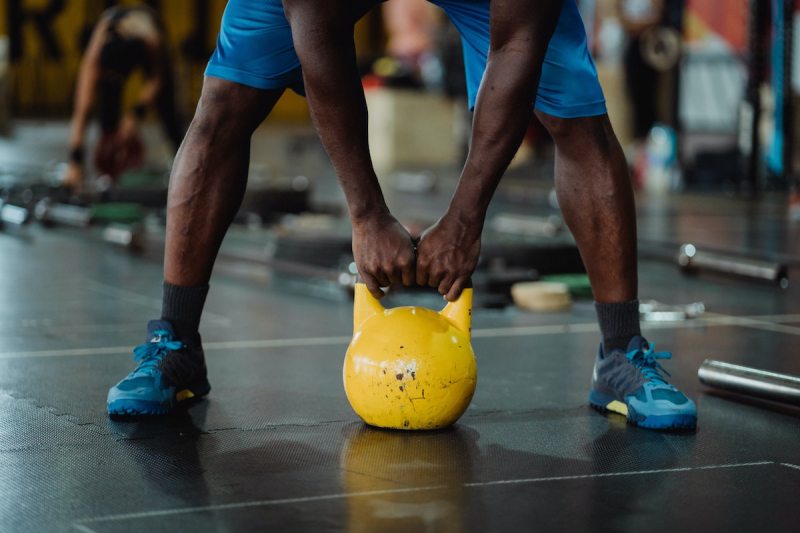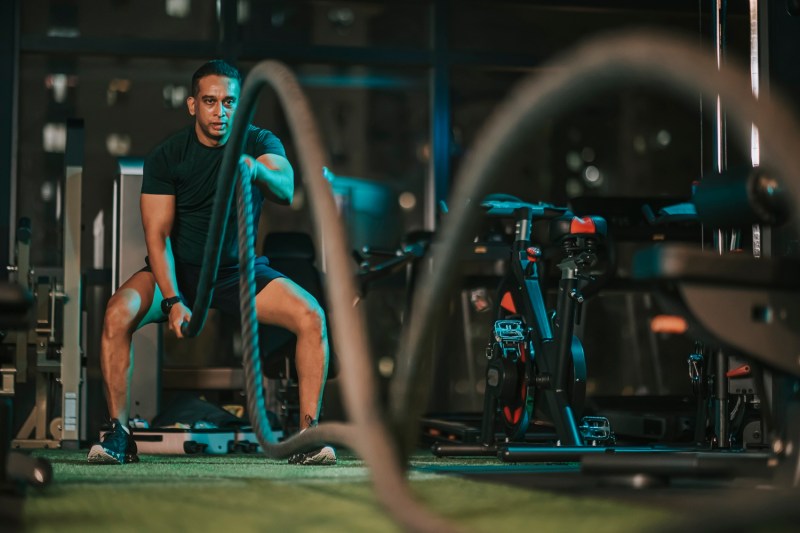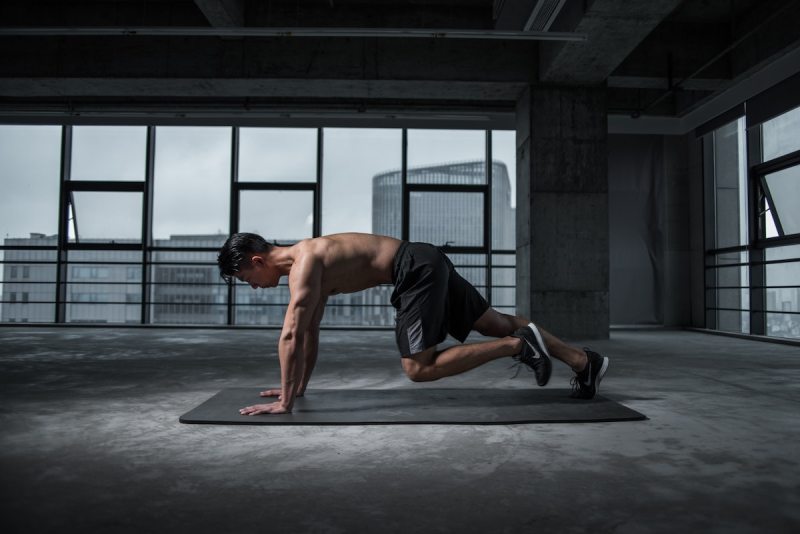If you’re looking to transform your physique and improve your health, high-intensity interval training (HIIT) workouts may be just what you need! These workouts are not for the faint of heart, as they are challenging and will certainly make you break a sweat. Luckily, there are many different types of workouts for you to choose from, so you are likely to find one that you enjoy. And yes, there are plenty of HIIT workouts for beginners.
Join us as we explore the many benefits of HIIT workouts and give you a few ideas for HIIT exercises you can try as you search for the best workout for your needs.
What is a HIIT workout?

A HIIT workout consists of a series of working and rest periods. These periods can differ based on how difficult you want the workout to be. A great place to start with HIIT would be choosing a method of exercise you enjoy, such as riding a Peleton, and alternating between 30 seconds of work and 30 seconds of rest. Eventually, you will be able to shorten the rest time while extending the work time as you get in better shape.
As for the HIIT exercises themselves, you can do whatever you want! However, the idea is to perform exercises that get your heart rate up quickly, so you can be efficient with your time. Typically, the best HIIT workout wouldn’t last longer than 20 minutes, but you still would have burned plenty of calories and be sweating a lot after this period.
What are the benefits of HIIT workouts?

Weight loss
HIIT workouts are great for making you break a sweat while making you breathe harder. By increasing your aerobic and anaerobic fitness levels, HIIT can help you shed a few pounds by improving muscle fat oxidation and glucose tolerance. Because the exercises tend to be more intense with minimal rest in between each, the average person burns 300 to 450 calories every 30 minutes. If your diet also assists you with being in a caloric deficit, then you could lose a healthy one to two pounds per week if you are also consistent with your HIIT workouts.
Build muscle mass
While the primary purpose of HIIT tends to be losing weight, you can build muscle simultaneously. Bodyweight exercises are great for developing muscle, but if you increase resistance with tools like dumbbells and resistance bands, then you will be able to build muscle at a quicker rate. Try to incorporate upper body, lower body, and abdominal exercises in every workout so you develop an even ratio of muscle throughout your body and every muscle group gets the attention it deserves. Also, remember to eat plenty of healthy, lean protein sources to fuel your muscles and help them grow and recover. A few examples include salmon, tuna, ground turkey, chicken, Greek yogurt, and beans.
Improved cardiovascular endurance
Any form of exercise that gets your heart pumping has the potential to boost your cardiovascular endurance and strengthen your heart and lungs. Some research studies have shown that HIIT can provide similar cardiovascular benefits as typical longer cardio sessions through activities like walking and biking. This means that you can save time without sacrificing the results.
How often should I do HIIT workouts?

When it comes to exercise frequency, you should commit to whatever is realistic for you, personally. Many people start out saying that they will exercise five to six times per week, and then they get busy, miss out on some workouts, become disappointed with themselves, and quit. No one wants that. Try starting with one HIIT workout per week and slowly work your way up until you can recognize what is a reasonable weekly goal that you are able to stick to.
3 HIIT workouts for burning calories and building muscle

Your options are practically endless when it comes to designing a HIIT workout. Ultimately, you get to decide on the overall length, the working and resting time periods, what exercises to do, and the difficulty. If you don’t feel like doing all that work, we’ve created a routine below. Any of the following three HIIT workouts are great for beginners.
Bodyweight HIIT workout
Perform each exercise for 40 seconds, and then follow with 20 seconds of rest. Do three to four rounds.
- Jumping jacks
- Burpees
- High knees
- Mountain climbers
- Alternating jumping lunges
Dumbbell HIIT workout
Perform each exercise for 30 seconds, and then follow with 30 seconds of rest. Do four to five rounds.
- Goblet squats
- Renegade rows
- Dumbbell swings
- Dumbbell reverse lunges
- Weighted Russian twists
Running HIIT workout
With this HIIT workout, you will alternate between walking and running. You may want to adjust the length of time with the intervals based on your level of fitness, but this workout is a great place to start.
- Walk for 3 minutes
- Jog for 30 seconds
- Walk for 2 minutes and 30 seconds
- Jog for 1 minute
- Walk for 2 minutes
- Jog for 1 minute and 30 seconds
- Walk for 1 minute and 30 seconds
- Jog for 2 minutes
- Walk for 1 minute
- Jog for 2 minutes and 30 seconds
- Walk for 30 seconds
- Jog for 3 minutes
- Walk for 3 minutes
Try this simple HIIT walking workout

A good way for a beginner to start a HIIT workout routine is to start with walking. Yes, walking can be a high-intensity workout, especially if you’re just starting to work out and need to get into shape, and the best part is you can walk on a treadmill or outside if the weather is cooperative.
A HIIT walking workout is a bit more than just a casual stroll, but it is a slower pace than jogging, so it’s a good gateway to the more intense HITT workouts we discussed earlier. Here’s what a HITT walking workout would look like:
- To get started, spend about 5 minutes walking at a slower pace to get warmed up.
- Increase to a steady walking pace and hold that pace for about 3 minutes.
- After that, increase your speed to a brisk walking pace and hold that for 1 minute.
- Speed up one more time and walk as fast as you can without breaking into a run for 1 minute. Remember to push yourself.
- Repeat steps 2 to 4 for at least 15 to 20 minutes. As you build up stamina, you can keep the workout going for longer; just keep repeating the steps until you hit your desired workout time.
- When you’re done, be sure to cool down by walking slowly for 3 to 5 minutes.




